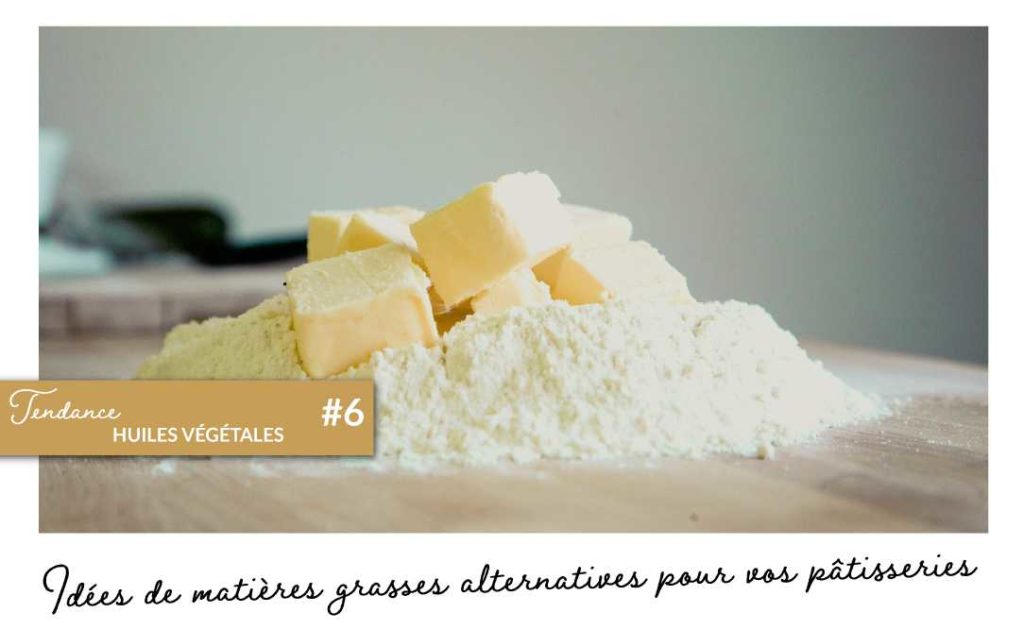The two oils that are the most well-known and the most popular in France are olive oil and sunflower oil.
Together they represent 3/4 of all the oil bought. (Source: Kantar Worldpanel, 2015-2017). It is also worth knowing that on average 800,000 tons of vegetable oil are eaten every year in France.
In previous years, there had been a slight fall in oil consumption in France. However, this trend reversed thanks to:
- the properties of some oils,
- the drop in consumption of other fats with few or no nutritional benefits.
When we cook with oil, varying the ranges and types of oil is recommended. Why is that? Well, it means getting the maximum benefit from the oil’s many nutritional qualities whether you use it as a seasoning or for cooking.
Beyond the flavour of certain oils, they are generally good for your health when used in the right quantities. Today, oil is seen as an ally and an essential fatty acid! This is particularly the case of vegetable oils, rich in fatty acids. There are 3 main categories of fatty acid :
- Saturated fatty acids: These acids are bad for your health if they are consumed in too big a quantity. They do not have a strong presence in vegetable oils apart from coconut oil and palm oil.
- Monounsaturated fatty acids: They help rebalance lipid content. The one most present in oils is omega 9. Oils that contain the most are olive oil and hazelnut oil.
- Polyunsaturated fatty acids: They play an essential role in our health and have many physiological functions. These acids are not produced naturally by the body. It is therefore vital that they are provided by our diet. There are 2 categories: omega 3 and omega 6.
Oils are our principal sources of vitamin E, omega 3 and omega 6. These are necessary fats that are beneficial to the human body, fats that it cannot produce by itself. This is why nutritionists advise a varied diet with several types of oil, privileging those with a high omega 3 content.
However, oils are not a “diet” food because they are 100% lipid (fats and fatty substances). So we should eat the healthiest ones and eat them with moderation.
There is one type of oil that contains several types of oil: the combination oil. In France these are ISIO 4 made by Lesieur, Équilibre et Saveur by Cauvin or Omega + by Bio Planète. The aim of these combination oils is to have several omegas and in good quantities, to mitigate any eventual deficiencies of other oils. In general they are multi-use, meaning they can be used as a seasoning and for cooking.
Every oil has a smoke point. This is a clearly defined temperature above which the oil should not be heated.
Otherwise, its components will break down and become toxic when inhaled. This is why some oils are not suitable for cooking and others, with a very high smoke point, can cope with very high temperatures.
In patisserie, the fats most used are lard, butter or margarine. They contain a lot of saturated fatty acids and are therefore not particularly healthy.
There is an alternative that is becoming increasingly common: the use of vegetable oils in patisserie and olive oil in particular.
Over the last few years, the quality of this oil has improved and increasingly healthier eating habits have seen an increase in its use.
However, fats must be used in the right quantities. In general, when you use olive oil in patisserie, you should reduce the amount by 15 to 20% compared to other fats because it contains no water and is 100% fat, unlike butter, lard or margarine.
As well as olive oil, there are other oils that can be used to make patisseries and breads that behave well when baked.
This is the case of coconut oil, peanut oil and also rapeseed oil for gentle bakes.
For a clearer picture of the many oils available on the market, here is a guide that lists the different vegetable oils for cooking, their use and their smoke point: Guide to vegetable oils.
To give you a few ideas, here is a selection of cakes you can make with vegetable oil :
- Chocolate and coconut cake.
- Fruit tart with coconut.
- Plain vegetable oil cake (sunflower, grape seed, etc.).
- Coconut or olive oil cake.



